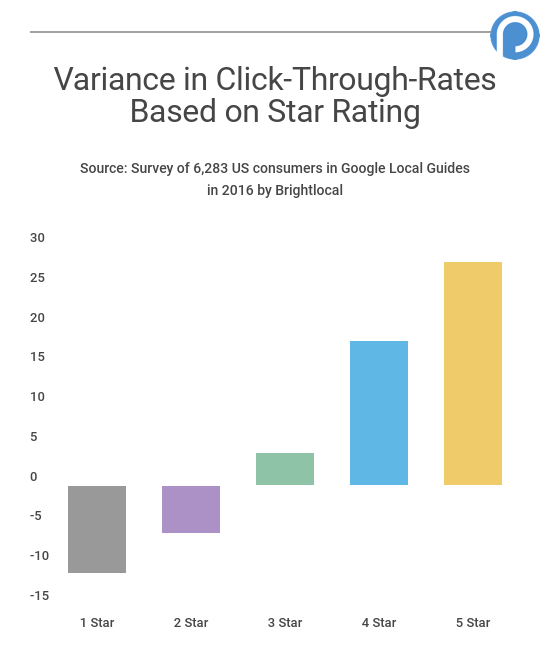- Have any questions?
- [email protected]
A Comprehensive Guide to Removing Negative Content and Rebuilding Your Online Reputation

Protect Your Brand: Strategies for Effective Online Reputation Management in the Age of Social Media
November 15, 2023
Suppressing the Negative: Proven Techniques for Removing Bad Reviews and Enhancing Your Online Presence
November 19, 2023In the digital age, your online reputation can significantly impact your personal and professional life. Negative content, such as bad reviews or unflattering media coverage, can hinder your prospects and damage your image. In this article, we will provide a comprehensive guide to removing negative content and rebuilding your online reputation. We will also include a Q&A session to address common questions related to this topic.
Steps to Remove Negative Content and Rebuild Your Online Reputation
Identify and assess the negative content
Begin by conducting a thorough audit of your online presence to identify any negative content that may be harming your reputation. Assess the impact of this content on your overall image and determine which pieces should be prioritized for removal or mitigation.
Request removal of the negative content
In some cases, you may be able to request the removal of negative content directly from the source. This may involve contacting the website owner or platform where the content is published and politely asking them to remove it. Be prepared to provide a valid reason for your request and be respectful in your communication.
Leverage legal options
If the negative content is defamatory, false, or violates your privacy, you may have legal grounds to request its removal. Consult with an attorney specializing in online reputation management or defamation law to explore your options.
Utilize the right to be forgotten
In some jurisdictions, such as the European Union, individuals have the “right to be forgotten,” which allows them to request the removal of outdated or irrelevant personal information from search engine results. Determine if this right applies to your situation and follow the appropriate procedures to submit a request.
Suppress negative content with positive content
If removal is not an option, focus on creating and promoting positive content to suppress the negative content in search engine rankings. Publish high-quality articles, blog posts, and social media updates that showcase your skills, expertise, and accomplishments. Engage in online communities and forums relevant to your industry or interests to build your credibility and online presence.
Monitor your online reputation
Regularly monitor your online reputation using tools like Google Alerts and social media monitoring platforms. This will allow you to identify any new negative content quickly and address it promptly.
How long does it take to rebuild an online reputation after negative content has been removed or suppressed?
Rebuilding your online reputation can take anywhere from a few months to a couple of years, depending on the severity of the negative content and the effectiveness of your reputation management efforts. Patience and persistence are key.
Can I remove negative content from review platforms like Yelp or Google Reviews?
While it may be challenging to remove negative reviews, you can report reviews that violate the platform’s guidelines or are defamatory in nature. Additionally, focus on generating positive reviews to dilute the impact of the negative ones.
Should I respond to negative content publicly?
In some cases, it may be beneficial to respond publicly to negative content, especially if the content is a review or feedback from a customer. Respond professionally, addressing the concerns raised and demonstrating your commitment to resolving the issue.
Can I hire a professional to help with removing negative content and rebuilding my online reputation?
Yes, you can hire online reputation management professionals or agencies that specialize in removing negative content and rebuilding online reputations. They can provide expert guidance and implement strategies tailored to your specific situation.
Conclusion
Removing negative content and rebuilding your online reputation is a challenging but achievable process. By identifying and assessing negative content, requesting removal, leveraging legal options, utilizing the right to be forgotten, and suppressing negative content with positive content, you can effectively clean your digital slate and create a positive online image. Regularly monitoring your online reputation and proactively addressing any new negative content will help maintain your improved image over time. Remember that patience and persistence are crucial in this process, and consider seeking professional assistance if needed. By following the steps outlined in this article and engaging in open communication with your audience, you can turn past challenges into opportunities for growth and success.


